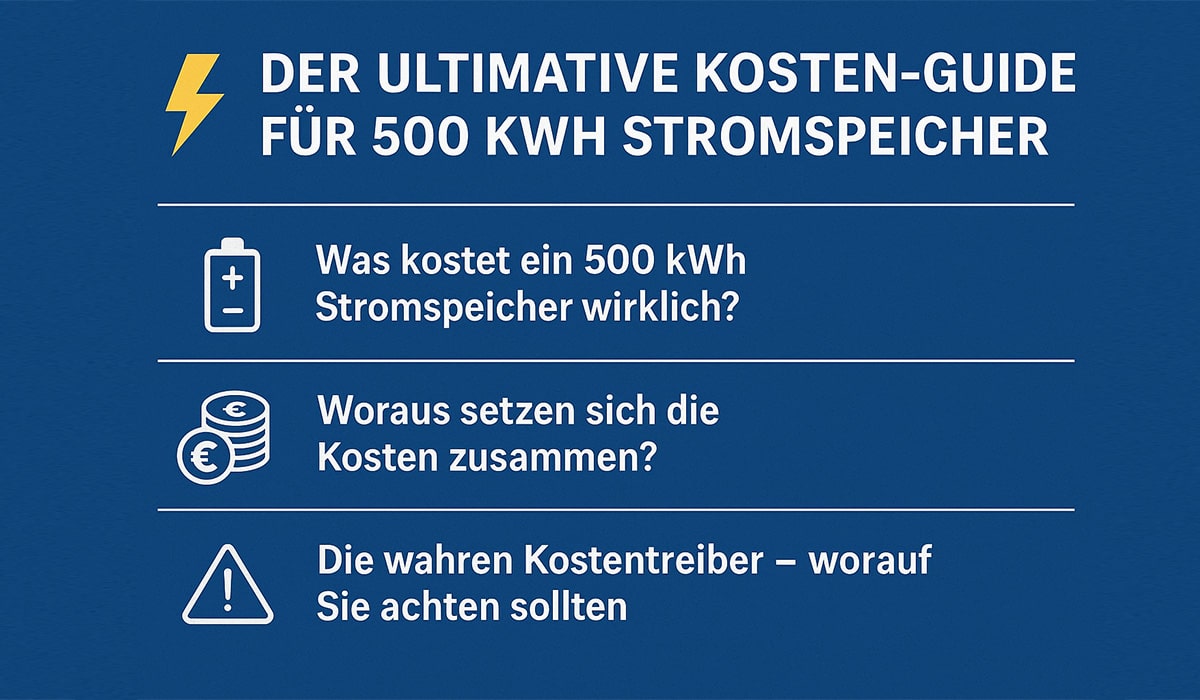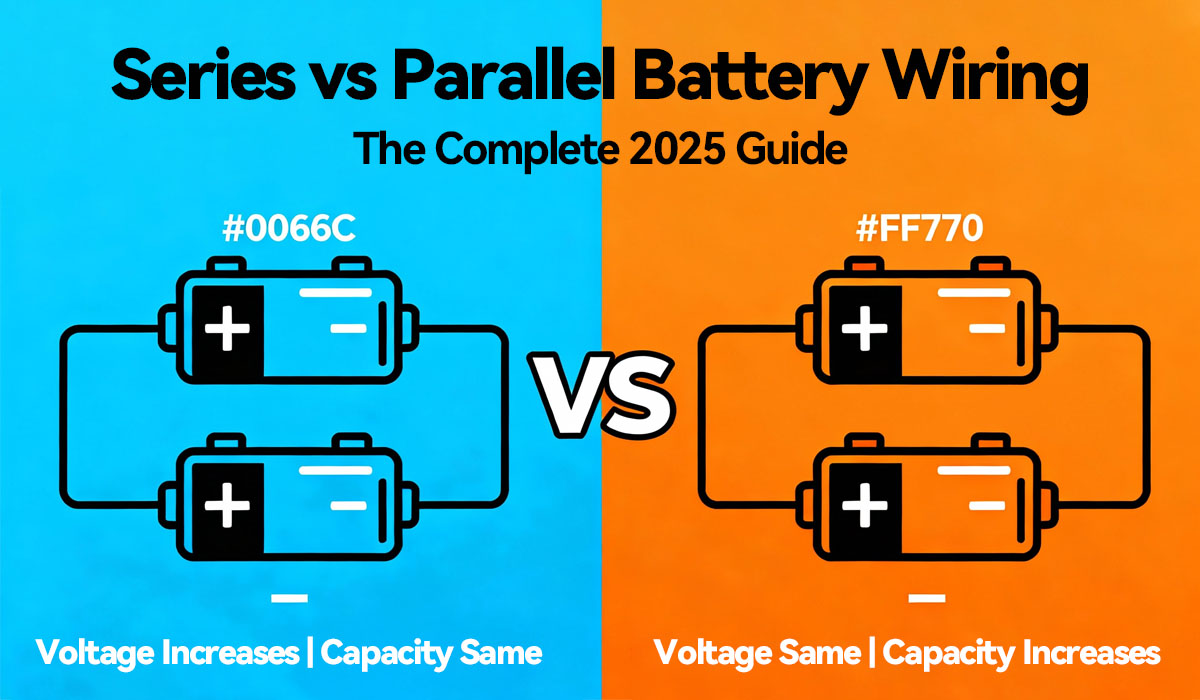Blog
Blog
Can Battery Degradation Be Reversed? Clearly Explained (Especially for LFP!)
Published by Dawnice, July 8, 2025
Table of Content
- Hitting a Wall? Why Your Battery Doesn’t Last Like New Anymore
- The Root of the Problem: What Causes Battery Degradation?
- LFP’s Edge: Can Battery Degradation Be Reversed on LFP Batteries?
- So, How CAN You “Fix” Battery Health? Focus on Prevention & Management!
- Why This Matters for Microgrids: Stability Isn’t Free
- Glimpses of the Future: Are True Reversal Techniques Coming?
- The Bottom Line: Manage Expectations, Maximize Lifespan
Hitting a Wall? Why Your Battery Doesn’t Last Like New Anymore
We’ve all felt the frustration. Your phone dies before lunch, or your trusty electric bike struggles to reach its usual range. This is battery degradation in action – the inevitable loss of capacity and performance over time and use. It’s like your battery’s internal energy tank slowly shrinking. But the burning question many ask is: can battery degradation be reversed? Can we somehow refill that tank back to its original size? Let’s dive into the science and separate hope from reality.
The Root of the Problem: What Causes Battery Degradation?
Batteries, especially lithium-ion types powering our world, degrade due to complex chemical and physical changes inside. Key culprits include:
-
SEI Growth: A protective layer forms on the anode (good initially), but it slowly thickens over cycles, permanently trapping usable lithium ions. This is a major source of irreversible capacity loss.
-
Lithium Plating: Under stress (fast charging, cold temps), lithium metal can plate onto the anode surface instead of smoothly integrating. This lithium becomes inactive and can even create dangerous dendrites.
-
Electrode Structure Breakdown: Repeated expansion and contraction during charging/discharging can physically crack the active materials (like graphite anode or NMC cathode), reducing their ability to hold ions.
-
Electrolyte Breakdown: The conductive fluid inside the battery can decompose over time and high temperatures, losing effectiveness and contributing to internal resistance.
Most of these processes are fundamentally chemical reactions or physical changes that are incredibly difficult, if not impossible, to undo with current consumer technology. Think of it like trying to un-bake a cake or un-rust metal purely with simple tools.
LFP’s Edge: Can Battery Degradation Be Reversed on LFP Batteries?
Lithium Iron Phosphate (LFP) batteries have surged in popularity (think many EVs and home storage). They boast key advantages relevant to degradation:
-
Superior Cycle Life: They inherently withstand far more charge/discharge cycles (often 2-4x more) than common NMC batteries before significant degradation kicks in.
-
Thermal Stability: They are much less prone to thermal runaway and handle higher temperatures better, slowing down heat-related degradation mechanisms.
-
Structural Stability: The robust olivine crystal structure of the LFP cathode is less prone to cracking and breakdown compared to layered oxide cathodes like NMC.
However, the core answer remains: No, the fundamental chemical degradation processes within LFP batteries cannot be magically reversed either. While LFP degrades slower and has a longer overall lifespan, the mechanisms (like SEI growth, albeit slower, and minor structural changes) are still largely permanent under normal usage and with current technology. Can battery degradation be reversed on LFP batteries? Sadly, not in the sense of restoring lost capacity permanently. Their strength lies in resisting degradation longer, not reversing it.
So, How CAN You “Fix” Battery Health? Focus on Prevention & Management!
While true reversal isn’t feasible yet, you have significant power to slow down battery degradation and maximize your battery’s lifespan and usable health:
-
Avoid Extreme States of Charge: Keep it between ~20% and ~80% for daily use. Avoid constantly sitting at 100% or draining to 0%. (Partial cycling is less stressful).
-
Manage Temperature: Keep batteries cool! Avoid hot cars, direct sun, and high-power charging in extreme heat. Moderate cold is generally okay for storage (but not charging).
-
Use Moderate Charging Speeds: Slower charging (Level 1/2 for EVs, standard chargers for devices) generates less heat and stress than frequent DC fast charging.
-
Follow Manufacturer Calibration: Occasionally (e.g., once a month or per manual), letting the device/battery run down to near 0% and then charging fully to 100% can help the battery management system (BMS) accurately gauge remaining capacity (“calibrate the fuel gauge”). This doesn’t reverse degradation but gives you a true picture of the current capacity. This is often what people mistake for “fixing” health.
-
Storage Smarts: If storing long-term, aim for ~50% charge in a cool place.
Think of these as “battery wellness” habits, not a cure. They fix the rate of health decline, not the decline itself.
Why This Matters for Microgrids: Stability Isn’t Free
Speaking of batteries, let’s quickly touch on microgrids. A microgrid is a localized group of electricity sources (like solar panels, wind turbines, small generators) and loads (homes, businesses) that can operate connected to the main power grid or independently (“islanded mode”) during outages. Battery storage is absolutely critical for microgrids, providing:
-
Backup Power: Keeping the lights on when the main grid fails or when local renewables aren’t producing.
-
Smoothing Fluctuations: Storing excess solar/wind power and releasing it when needed, stabilizing the microgrid’s frequency and voltage.
-
Cost Management: Charging when electricity is cheap (or abundant from renewables) and discharging when it’s expensive or scarce.
Here’s the degradation connection: Battery degradation directly impacts a microgrid’s economics and reliability. As the batteries in a microgrid’s storage system degrade, their usable capacity shrinks. This means less backup power duration and reduced ability to smooth out renewable fluctuations effectively over the system’s lifetime. Understanding that capacity loss is largely permanent is crucial for long-term microgrid planning and budgeting. Knowing can battery degradation be reversed sets realistic expectations for system performance decay and replacement schedules.
Glimpses of the Future: Are True Reversal Techniques Coming?
Research is intense! Scientists are exploring fascinating concepts:
-
Electrolyte Additives: Chemicals that might repair minor SEI layer damage or suppress lithium plating during charging.
-
Pulse Charging/Healing: Applying specific electrical pulses that could potentially redistribute inactive lithium or heal minor electrode cracks.
-
Advanced Materials: Self-healing electrodes or electrolytes designed to repair small-scale damage autonomously.
-
Solid-State Batteries: These promise much slower degradation due to their inherent stability, potentially making the question can battery degradation be reversed less critical.
While promising, these are primarily lab-stage or conceptual. Don’t expect a “degradation reversal” button on your phone or EV anytime soon. The current focus remains firmly on prevention, slowing degradation, and developing batteries that degrade much slower from the outset.
The Bottom Line: Manage Expectations, Maximize Lifespan
So, can battery degradation be reversed? For today’s lithium-ion and LFP batteries in your everyday devices, EVs, and storage systems, the clear answer is no, not with current consumer technology. The chemical changes causing capacity loss are permanent. Can battery degradation be reversed on LFP batteries? While LFP offers excellent longevity, the core degradation mechanisms are still fundamentally irreversible.
The power lies in prevention. By understanding how to fix battery health decline rate through smart charging habits, temperature management, and avoiding stress, you can significantly extend the useful life and performance of your batteries. Keep those electrons flowing longer!






